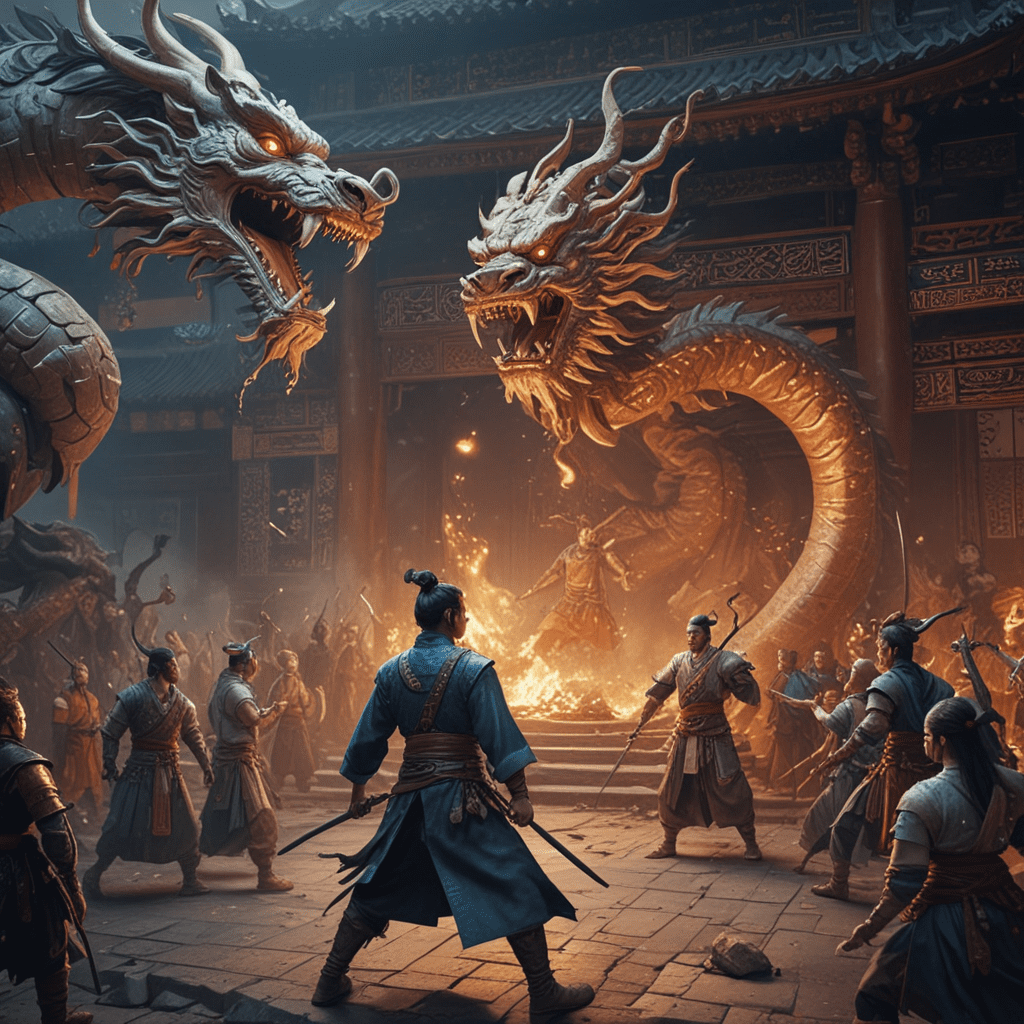The Mystical World of Mayan Mythology
The ancient Maya civilization, renowned for its advanced mathematics, astronomy, and architecture, also possessed a rich and complex mythology that continues to captivate and inspire us today. Embedded within their myths and legends lies a profound understanding of the natural world, where balance and harmony are paramount.
Interpreting the Balance of Nature through Mayan Beliefs
For the Maya, the natural world was not merely a collection of physical elements, but a vibrant tapestry woven with spiritual significance. Their deities represented the forces of nature, their myths explained the origins of the universe and the human race, and their rituals aimed to maintain cosmic balance. The Maya believed that everything in the universe, from the smallest insect to the vast expanse of the sky, was interconnected and interdependent.
Understanding the Mayan Creation Myth
At the heart of Mayan cosmology lies the Popol Vuh, a sacred text that narrates the creation myth. The story begins with a primordial sea, devoid of life, where the creator deities reside. Through their divine powers, they bring forth the earth, the sky, and the first humans. This act of creation establishes the foundation for the intricate web of relationships that permeates the Mayan worldview.
The Four Bacabs: Guardians of the Four Directions
According to Maya mythology, the earth is supported by four supernatural beings known as the Bacabs, each representing a cardinal direction – north, south, east, and west. They are often depicted as human figures with animal heads, symbolizing the connection between the earthly and spiritual realms. The Bacabs ensure the stability of the earth and play a crucial role in maintaining cosmic balance.
The Sacred Tree Ceiba: Connecting the Three Realms
In the center of the Mayan universe stands the sacred tree Ceiba, which symbolizes the axis mundi – the connection between the three realms: the celestial, terrestrial, and underworld. Its roots delve deep into the underworld, its trunk represents the earthly realm, and its branches reach up to the heavens. The Ceiba serves as a conduit for communication between the different levels of existence, allowing for the flow of energy and knowledge.
The Hero Twins and the Journey to Xibalba
The Hero Twins, Hunahpu and Xbalanque, are prominent figures in Mayan mythology, renowned for their bravery and resourcefulness. Their epic journey to the underworld, Xibalba, embodies the struggle between good and evil, light and darkness. Through their trials and triumphs, the twins restore balance to the cosmos and exemplify the importance of perseverance and ingenuity.
The Importance of Duality in Mayan Cosmology
Duality is a fundamental concept in Mayan cosmology, reflected in the belief that everything in the universe has a counterpart. Day and night, male and female, life and death are seen as interconnected and interdependent forces. This balance is essential for maintaining cosmic harmony, and the Maya believed that respecting this duality was crucial for living a harmonious life.
The Cycle of Life, Death, and Rebirth
The Maya viewed life, death, and rebirth as a continuous cycle, with each stage playing a vital role in the grand scheme of existence. Death was not seen as an end but as a transformation, a passage to the underworld where the deceased would embark on a journey of purification and spiritual growth. This belief provided comfort and hope, assuring the Maya that life would continue in some form after physical death.
The Role of Rituals and Offerings in Maintaining Balance
Rituals and offerings played a crucial role in maintaining balance in the Mayan world. Through elaborate ceremonies and sacrifices, the Maya sought to appease the deities, ensure the fertility of the land, and maintain harmony between the human and spiritual realms. These rituals were deeply embedded in their daily lives and served as a way to connect with the divine and ensure the well-being of their community.
Modern Interpretations of Mayan Environmentalism
The Maya's deep respect for nature and their understanding of the interconnectedness of all things continue to inspire environmentalism today. Their agricultural practices, which emphasized sustainability and conservation, offer valuable insights for modern approaches to land management. The Mayan worldview reminds us that humans are not separate from nature but integral parts of a complex and delicate ecosystem. By understanding and respecting the natural world, we can strive to live in greater harmony with our environment.
FAQ
What are the main sources of information about Mayan mythology?
The primary sources of information about Mayan mythology include the Popol Vuh, a sacred text, and various codices, inscribed books, and archaeological artifacts.
What is the significance of the number nine in Mayan mythology?
The number nine is considered sacred in Mayan culture and is associated with the underworld, death, and rebirth. It is often represented by the nine levels of Xibalba, the Mayan underworld.
What is the role of the sun god in Mayan mythology?
The sun god, Kinich Ahau, is a central deity in Mayan mythology, representing light, life, and fertility. He is often depicted as a young man with a radiant face and is associated with agriculture and the calendar.



